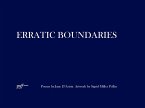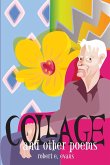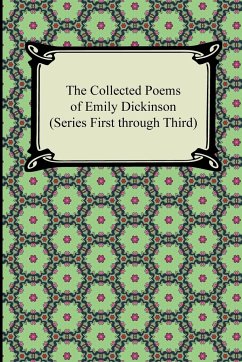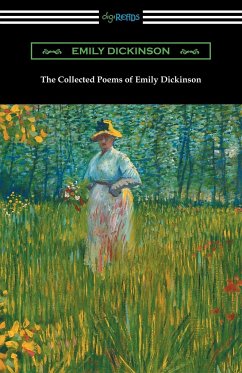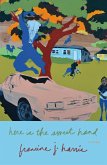Arrested Ephemera: Haiga is a collection of 45 haiku poems, the art which contains them and all 21 of the unique collaged covers from the collectors' limited editions. In Arrested Ephemera: Haiga Peckham honors the classic form (traditional Japanese presentation of poetry within an image) with a modern twist using etching and chine-collé rather than ink wash or woodcut. Richly printed in Asia, the book is a compilation of three hand-printed collections of seven volumes each created between 2008-2013. Oversized (23"X16") with letterpress texts and bound by Judith Ivry in New York using silk to mount the collages, the originals are very expensive. Paper Crown Press now makes them available in a single 4A edition with full-color, full-page illustrations at a fraction of the cost and in a size appropriate to library shelves; a generous book to be treasured and gifted. Peckham's inspiration for the series was drawn from her time spent in Montauk, Long Island one winter while she was recovering from a great loss. During that time everything suggested haiku; gull's cries, calligraphic seaweed, and she began to search for abstract images to contain her responses to ever-changing and impersonal nature. The book's title, Arrested Ephemera: Haiga, is a jeu de mots that playfully invites the reader to reflect on the moment that informs each piece. The book's cover, the collage "Sunrise" was chosen from the third volume of the originals and the escaping balloon on the back cover winks at Peckham's printmaker's mark or "chop".


